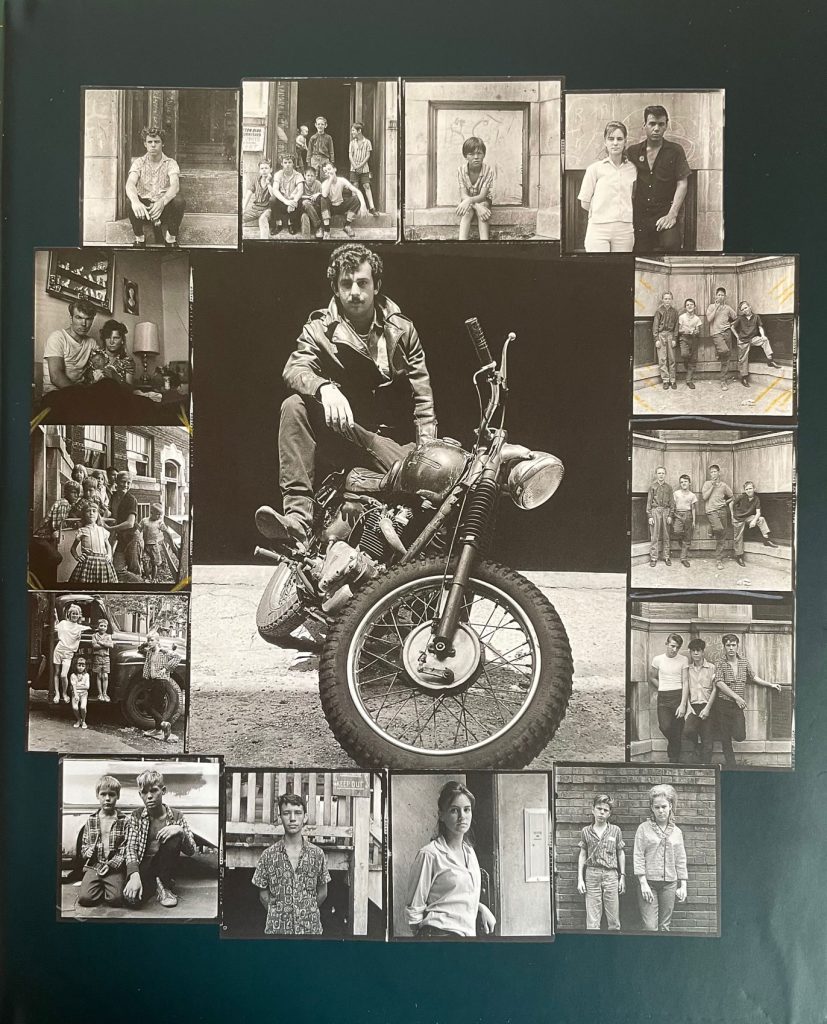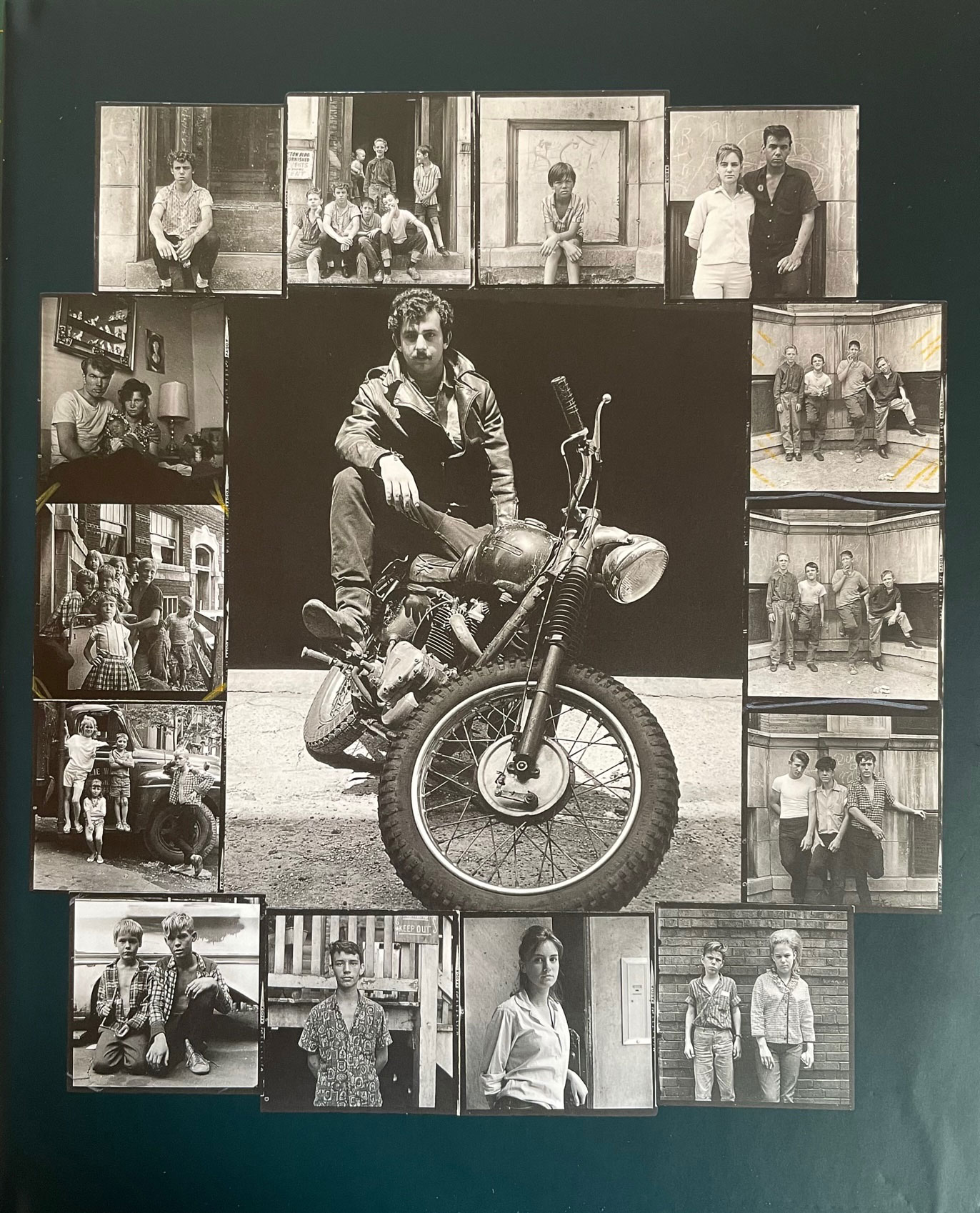
“The Immersive Photography of Danny Lyon: A Life Captured Through the Lens”

Danny Lyon’s New Autobiography: A Bold Look into His Life Through a Historical Lens
Danny Lyon, one of the most prominent voices in American photography and documentary filmmaking, has released a new autobiography titled, *This Is My Life I’m Talking About*. The book is a raw and unvarnished recounting of his extraordinary journey through some of the most pivotal moments of American history, all while pioneering a new, immersive approach to visual storytelling. His work, deeply intertwined with the civil rights movement, biker subcultures, and prison reforms, places him in a unique position to offer a firsthand account of American life through the eyes of both an artist and an activist.
### The Early Influences: A Legacy of Survival and Resistance
Lyon’s autobiography begins where his family’s story intersects with history—the pogroms of Eastern Europe. As the son of Jewish immigrants from Russia and Germany, Lyon’s life was profoundly shaped by narratives of survival, displacement, and persecution. These experiences forged in him a desire to make sense of the world through visual documentation, using photography as a means of processing the horrors of history. In *This Is My Life I’m Talking About*, Lyon recalls visiting the Dachau concentration camp a mere 12 years after its liberation by Allied forces. The visit left a visceral mark on his psyche; yet, in capturing images at Dachau, Lyon found that photography could both mediate and provoke dialogue about collective trauma. In his words, “I was looking through a lens and a prism at a horror, and I was making something.”
His early experiences and the existential threat that his Jewish ancestry posed helped define his relationship with activism and art. For Lyon, documenting the world around him became an act of resistance, a way of giving voice to those who had been silenced by powerful systems.
### From Civil Rights to Biker Gangs: Authentic Documentation of the Unseen
Lyon’s autobiography covers a vast terrain—from his role as the official photographer for the Student Nonviolent Coordinating Committee (SNCC) during the brutal days of the American Civil Rights Movement to his experiences living with the Chicago Outlaws biker gang in the 1960s. His work during the Civil Rights era placed him in constant danger, documenting police brutality and systemic racism in the South. At the same time, the intensity of these life-altering events reinforced for Lyon the power of bearing witness at all costs.
His relationship with SNCC, a central organization during the Civil Rights Movement, brought him into close proximity with figures like John Lewis, a lifelong friend. However, as *This Is My Life I’m Talking About* elaborates, Lyon treats even his most revered companions with candid realism, avoiding the trappings of hagiography. His friendship with Lewis serves as an essential marker of his involvement in the broader fight for racial equality, but Lyon does not shy away from self-reflection. In a particularly sobering moment, he admits that in early letters, activism fell secondary to his photography: “I seemed more interested in photography than I am in the movement.”
Lyon’s immersion didn’t stop at documenting civil rights. Some of his most famous work comes from a very different American subculture—biker gangs. He lived with and photographed members of the Chicago Outlaws motorcycle gang, which culminated in his seminal work *The Bikeriders*. In these images, Lyon captured the raw essence of a group of people pushed to the margins of society, living by their own rules on the open road. Far from judging them, he sought to humanize their lives, giving the world an inside perspective on a misunderstood subculture.
### No Gloss, No Filters: A ‘Warts-and-All’ Look at Lyon’s Life
One of the most remarkable qualities of Lyon’s writing is its unpolished honesty. He doesn’t frame his life through the lens of myth or nostalgia. Rather, his narrative has a spoken-word quality—one that meanders off in unexpected directions, often introducing characters in one moment, only to reveal their grim fates in the next. Lyon has lived a life full of detours, and the digressive nature of his writing reflects the winding paths he’s taken to arrive at various chapters of his story.
Throughout the book, he presents surprising revelations about his entanglements with history. For example, we learn that his father was the eye doctor of Alfred Stieglitz, one of the pioneers of modern American photography. Lyon also recounts his time at the University of Chicago, where he protested alongside figures like Bernie Sanders. However, quickly dismissing the protests in Chicago, he reflects that “the real action was in the South,” where the Civil Rights Movement was facing down entrenched structures of violence and discrimination.
### Jewish-American Contributions to Racial Equality
Through the microcosm of Danny Lyon’s life, larger historical themes spring forth—most notably, the Jewish role in America’s fight for racial equality. This connection is especially